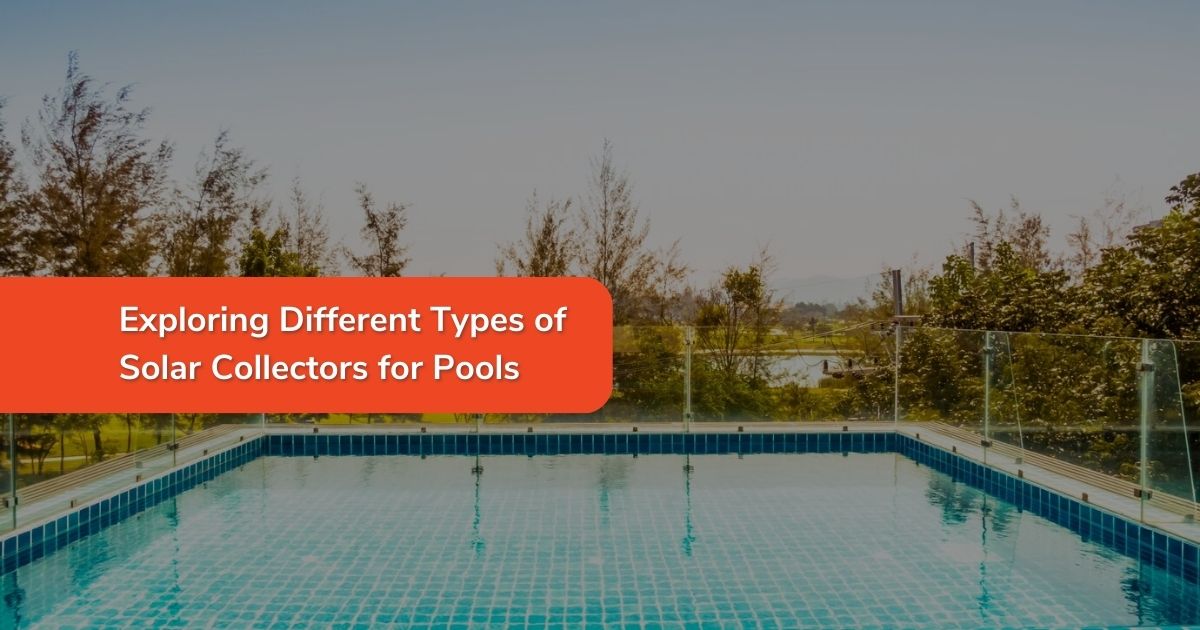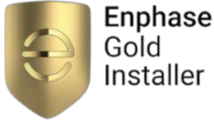Exploring Different Types of Solar Collectors for Pools

Historically, maintaining the optimal temperature in swimming pools has been a significant contributor to high energy bills for owners. However, with sustainability taking center stage, more and more people are turning to the power of the sun to heat their pools. Solar collectors have emerged as a cost-effective and eco-friendly alternative to traditional pool heaters, offering a wide range of options to meet individual needs. Let's dive in and explore the diverse selection of solar collectors available, and find the perfect fit for your pool.
The Rise of Solar Pool Heating
The rise of solar pool heating is a natural response to the increasing demand for renewable energy solutions. Both pool owners and commercial facilities are seeking to reduce their carbon footprint while keeping their pools comfortable for swimming. This alternative to electric or gas heaters offers long-term sustainability and considerable energy savings, sparking interest from green energy enthusiasts and home improvement buffs alike.
Benefits of Solar Collectors
Solar collectors are captivating due to their threefold advantages:
Cost Savings
Installing a solar collector system can significantly reduce or even eliminate the cost of heating your pool. Though the initial investment may be higher than conventional heating systems, the long-term savings are substantial and the maintenance costs are generally lower.
Environmental Friendliness
Solar pool heating is an environmentally sustainable solution that minimises the use of fossil fuels and reduces greenhouse gas emissions. By harnessing the sun's energy, you contribute to a cleaner, greener planet.
Extended Swimming Season
Solar collectors can extend your pool use from only a few months to almost year-round in favorable climates, effectively increasing the value of your investment by allowing for an extended swimming season.
Flat-Plate Collectors
Description and Working Principle
Flat-plate collectors are perhaps the most recognized and established solar heating systems. They consist of a simple flat absorber connected to copper flow tubes and are typically installed on the roofs or in open areas near the pool. The basic principle involves the absorption of solar radiation and the transfer of heat to the pool water.
Pros and Cons
Flat-plate collectors are known for their durability and ease of installation. They can be integrated into existing pool setups with relative simplicity. Their primary downside is that they are slightly less efficient than some of the newer collector technologies.
Evacuated Tube Collectors
Description and Working Principle
Evacuated tube collectors are designed with a series of glass tubes containing copper pipes. The tubes are well-insulated to minimise heat loss, and the efficient transfer of solar energy using a vacuum helps heat the water inside the copper pipes.
Pros and Cons
Evacuated tube collectors are highly efficient, even in colder or overcast conditions due to the vacuum insulation. However, they tend to be more costly than flat-plate collectors and are considered more fragile, which may lead to higher maintenance and shorter lifespans.
Solar Pool Rings
Description and Working Principle
Solar pool rings, more commonly known as solar sun rings, float on the pool surface and use the sunlight to heat the water. They are inflated circular rings with magnets around the edge that help them cling together and cover a significant portion of the pool surface.
Pros and Cons
Solar pool rings are by far the most cost-effective solar pool heating option. They are low-maintenance, easy to replace, and ideal for smaller pool sizes. On the flip side, they are less efficient and may require more frequent repositioning to achieve consistent heating.
Comparing the Types
When choosing the right solar collector for your pool, it's essential to consider various factors, including efficiency, upfront and long-term costs, and the ease of installation and maintenance.
Efficiency
Evacuated tube collectors are the most efficient, followed closely by flat-plate collectors. If you have a large pool and space for installation is not an issue, these options offer the best return in terms of heating effectiveness.
Cost
Solar pool rings are the most cost-effective, requiring only a fraction of the investment needed for the more complex flat-plate or evacuated tube collectors. However, when it comes to a cost-versus-benefit analysis, the efficiency of the more advanced collectors often justifies their higher price tags.
Installation and Maintenance
Flat-plate collectors are relatively straightforward for DIY installations, whereas evacuated tube systems may require professional assistance. Solar pool rings score high in terms of user-friendliness and low maintenance, making them a popular choice among casual pool owners.
Conclusion
Embracing solar collectors for pool heating is more than a trend; it's an actionable step towards sustainable living and responsible energy consumption. With a range of options available, selecting the best solar collector requires careful consideration of your pool size, location, and personal preferences. In doing so, pool owners can bask in the warmth they've garnered from the sun, while also enjoying the significant savings and extended dips in water that only green technology can deliver.
Pool owners are encouraged to research and reach out to professionals in the field to discuss which solar collector option aligns best with their unique situation. Whether you opt for the efficient design of evacuated tube collectors, the versatility of flat-plate systems, or the simple charm of solar pool rings, the decision to go solar is one that combines practicality with a commitment to a sustainable future.
%20(1).png?width=265&height=96&name=www.smartenergyanswers.com.auhs-fshubfsSmart%20Energy%20Answers%20Logo%20(HIRES)%20(1).png)

.png?width=514&height=121&name=Tesla%20Powerwall%203%20(new).png)







